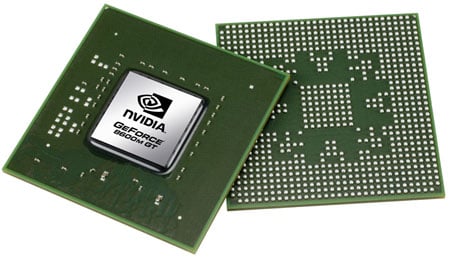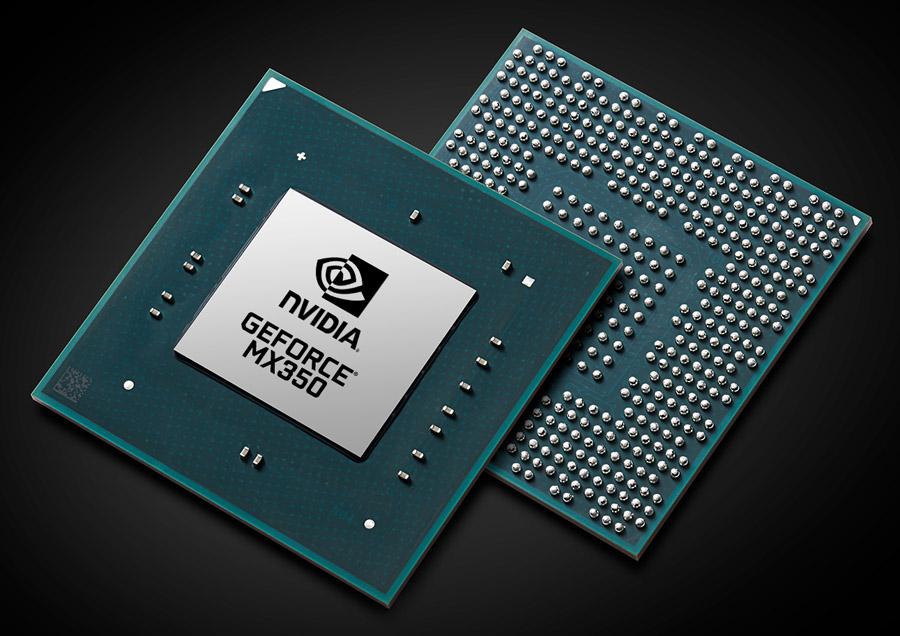

Update: The N16S-LP variant (5-12 Watt TDP, Low Power version?) will be available with GDDR5 starting in the first quarter of 2016. As the LP version is clocked only at 457 MHz + Boost it may feature more shaders (or a high Boost). The shader count for these low power 930M are also unknown. The performance of the GDDR5 version is still unknown. The DDR3 variant should be approximately 10% slower than the 25 Watt version. In addition to the "normal" 25 Watt 930M, there is also a low power variant with a TDP of 12 Watt and support for DDR3 and GDDR5.

It is based on the last years GeForce 840M.

The NVIDIA GeForce 930M (sometimes also called Nvidia GeForce GT 930M) is a (lower) mid-range, DirectX 11-compatible graphics card for laptops unveiled in March 2015. NVIDIA GeForce 930M ► remove from comparison Memory Bandwidth: Memory bandwidth is the maximum amount of information (in units of megabytes per second) that can be transferred across the external memory interface in one second.3D Printing, 5G, Accessory, AI, Alder Lake, AMD, Android, Apple, ARM, Audio, Benchmark, Biotech, Business, Camera, Cannon Lake, Cezanne (Zen 3), Charts, Chinese Tech, Chromebook, Coffee Lake, Comet Lake, Console, Convertible / 2-in-1, Cryptocurrency, Cyberlaw, Deal, Desktop, E-Mobility, Education, Exclusive, Fail, Foldable, Gadget, Galaxy Note, Galaxy S, Gamecheck, Gaming, Geforce, Google Pixel, GPU, How To, Ice Lake, Intel, Intel Evo, Internet of Things (IoT), iOS, iPad, iPad Pro, iPhone, Jasper Lake, Lakefield, Laptop, Launch, Leaks / Rumors, Linux / Unix, List, Lucienne (Zen 2), MacBook, Mini PC, Monitor, MSI, OnePlus, Opinion, Phablet, Radeon, Raptor Lake, Renoir, Review Snippet, Rocket Lake, Ryzen (Zen), Science, Security, Single-Board Computer (SBC), Smart Home, Smartphone, Smartwatch, Software, Storage, Tablet, ThinkPad, Thunderbolt, Tiger Lake, Touchscreen, Ultrabook, Virtual Reality (VR) / Augmented Reality (AR), Wearable, Wi-Fi 7, Windows, Workstation, XPS, Zen 3 (Vermeer), Zen 4 It's worked out by multiplying the card's bus width by its memory speed. If the card has DDR RAM, the result should be multiplied by 2 once again. The higher the bandwidth is, the better the card will be in general. Being a mxm module card, the NVIDIA GeForce 940MX does not require any additional power connector, its power draw is rated at 23 W maximum. It especially helps with anti-aliasing, HDR and higher screen resolutions. This device has no display connectivity, as it is not designed to have monitors connected to it. Rather it is intended for use in laptop/notebooks and will use the output of the host mobile device. Texel Rate: Texel rate is the maximum texture map elements (texels) that are processed in one second. This is calculated by multiplying the total texture units by the core clock speed of the chip. The better this number, the better the card will be at handling texture filtering (anisotropic filtering - AF). It is measured in millions of texels processed in a second. Pixel Rate: Pixel rate is the maximum number of pixels the graphics card can possibly record to the local memory in a second - measured in millions of pixels per second. Pixel rate is calculated by multiplying the amount of Render Output Units by the clock speed of the card.

ROPs (Raster Operations Pipelines - sometimes also referred to as Render Output Units) are responsible for outputting the pixels (image) to the screen. The actual pixel output rate is also dependant on quite a few other factors, most notably the memory bandwidth - the lower the memory bandwidth is, the lower the potential to reach the max fill rate.


 0 kommentar(er)
0 kommentar(er)
